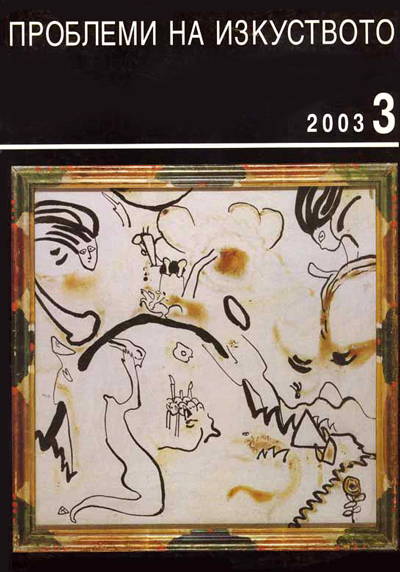
We kindly inform you that, as long as the subject affiliation of our 300.000+ articles is in progress, you might get unsufficient or no results on your third level or second level search. In this case, please broaden your search criteria.

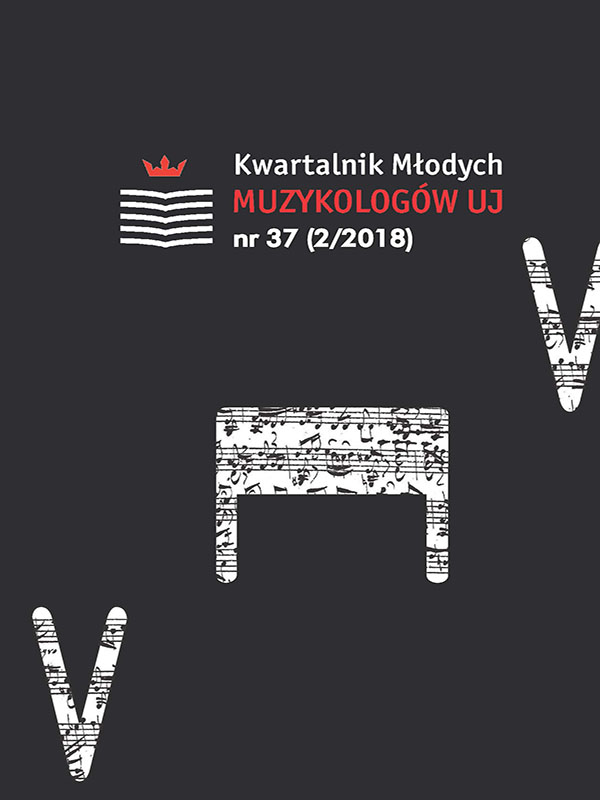
Scordatura is a tuning of a string instrument, which is different than the standard one. It has been used for both plucked and string instruments since the 16th century and it was quite popular in the Baroque era, especially in the case of violins. Because of their specific tuning – based on the same intervals – it is possible to distinguish two types of violin scordatura. The first one relates to the situation when all strings are tuned up or down in the same interval relations. Such tuning is still based on fifths, but the pitches are different than using standard tuning, so it is called transpose scordatura. In the second one, each string is tuned up or down in different interval relation, in another direction or even only some of them are tuned in the unusual way. In this case, violin tuning is based on different intervals than fifths, usually on thirds and/or fourths, although sometimes there are three dissimilar intervals (thirds, fourths and fifths). The second type of scordatura was a very popular technique in the Baroque era and its functions were variable. The main of them were allowing to perform figures, which are impossible in standard tuning, especially double-notes and chords (technical aspect), and changing sound qualities of the instrument (sound aspect). It does not mean that scordatura was used only to achieve these goals. For example, it was sometimes used to imitate other instrument. There are certain examples of such a usage of this playing technique in the oldest (1679–1686) part of the collection of manuscripts connected with activity of Canonesses Regular of St Augustine in Wrocław (provenance St Anna in Arena). The scordatura can be found there in seven manuscripts, and in four of them it is possible that composers (or composer?) tried to assimilate the violin sound and/or technique with other instruments, such as viola, lute or trumpet.
More...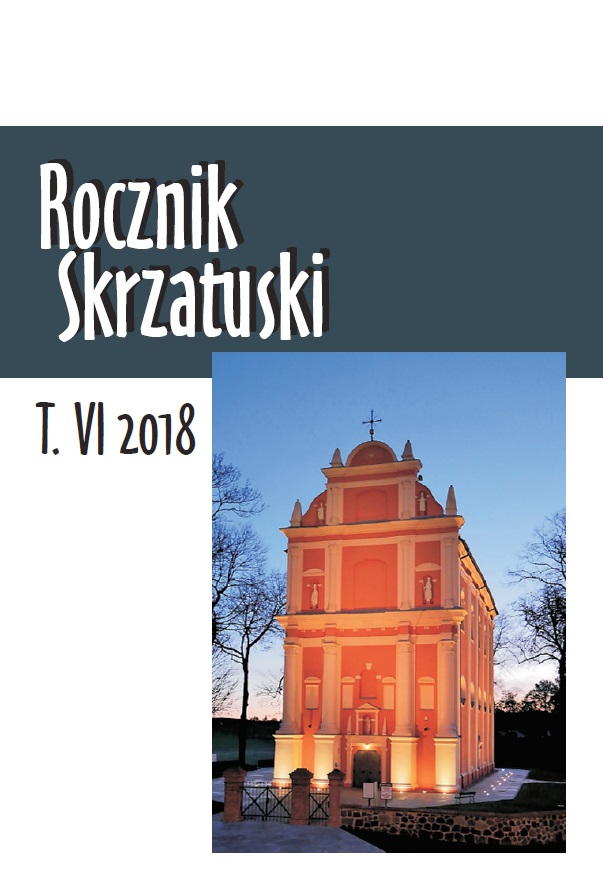
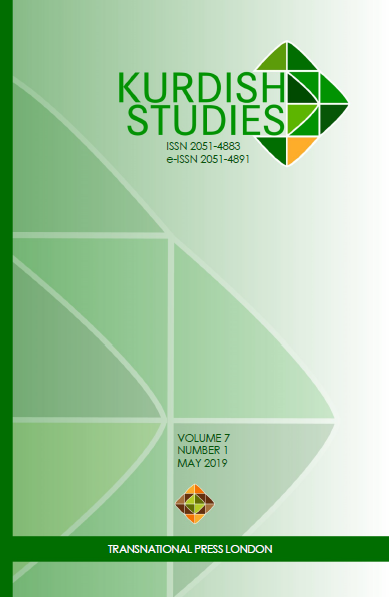
Sebastian Maisel, ed., The Kurds: an Encyclopedia of Life, Culture, and Society, Santa Barbara, CA: ABC-Clio, 2018, 376 pp., (978-1-4408-4256-6). Murat Yeşiltaş and Tuncay Kardaş, eds., Non-State Armed Actors in the Middle East: Geopolitics, Ideology, Strategy. Cham: Palgrave Macmillan, 2018, 278 pp., (ISBN: 978-3-319-55287-3). Barbara Henning, Narratives of the History of the Ottoman-Kurdish Bedirhani Family in Imperial and Post-Imperial Contexts: Continuities and Changes. Bamberg: University of Bamberg Press, 2018, 756 pp., (ISBN: 9783863095512). Gareth Stansfield and Mohammed Shareef, eds, The Kurdish Question Revisited. London: C Hurst & Co., 2017, 712 pp., (ISBN-10: 0190687185; ISBN-13: 978-0190687182). Abbas Amanat, Iran: A Modern History, New Haven, London: Yale University Press, 2017, pp. 1000, (ISBN-10: 0300112548, ISBN-13: 978-0300112542).
More...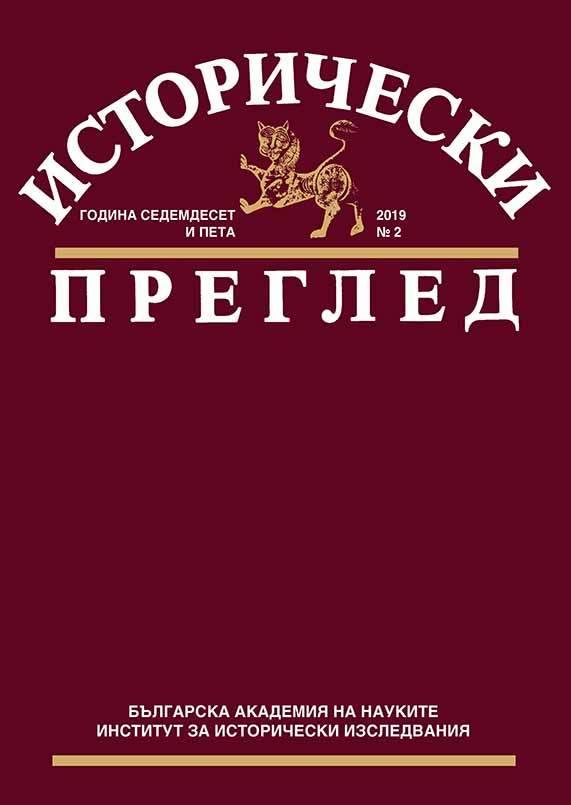
At a meeting of the Commission of Inquiry into the Traycho Kostov case and related cases, conducted in the summer of 1956, Kiril Dramaliev – a member of the CC of BCP and a member of the committee – disagrees with some of the main findings and conclusions in the draft report under discussion. K. Dramaliev insists that Traycho Kostov be rehabilitated not only judicially but also politically, and that Valko Chervenkov be removed from the Politburo of the BCP Central Committee, but at the plenary of the BCP Central Committee on September 7, 1956, Dramaliev withdraws his proposal as “inappropriate”.
More...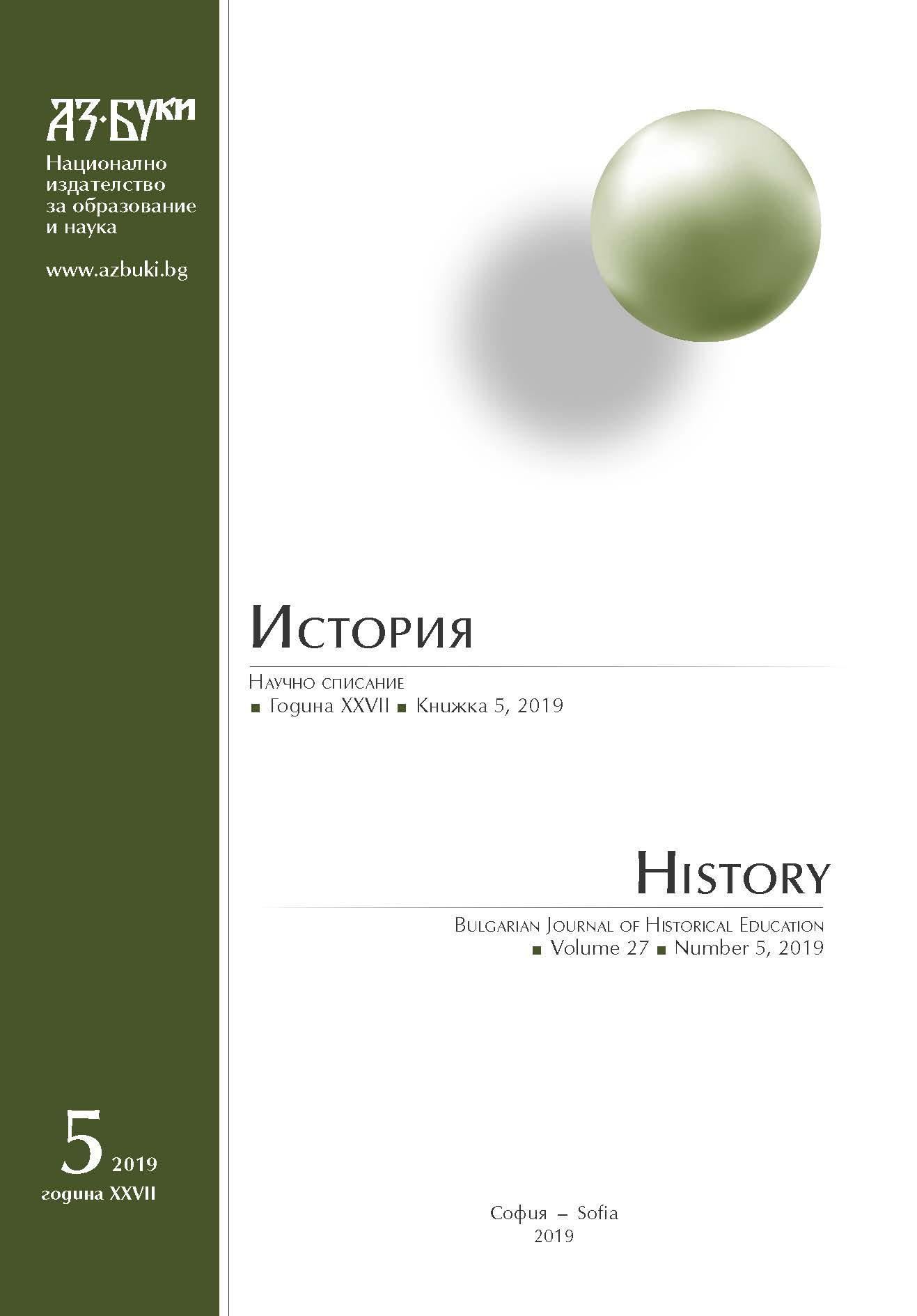
Beginnings are violent and deceitful. Pretending that they spontaneously emerge from nowhere, these words and thoughts cannot help but feign erasure of all that preceded them. There is thus something bold and presumptuous about claiming the ability to inaugurate and virtually burst onto the scene. In an attempt to mitigate the violence and deception of this particular beginning, I want to clearly contextualize what will follow.
More...
The rise of an original Indian detective novel can be dated back to the 1950s. Like its European predecessor, the genre was initially considered strictly popular; books were sold at railway stations as cheap reading matter for commuters. During the Sixties, however, thanks to the rising importance of the middle class, detective novels became increasingly popular. For years the detective genre had been on the wane and it was only in the first decade of the 21st century that new detective and noir stories appeared.
More...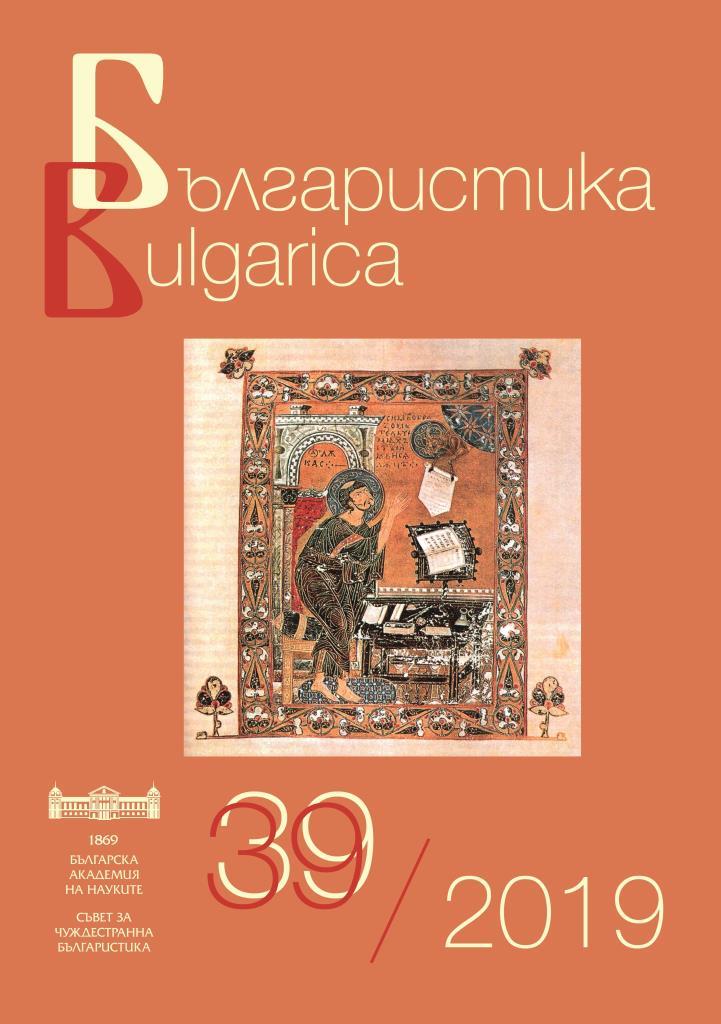



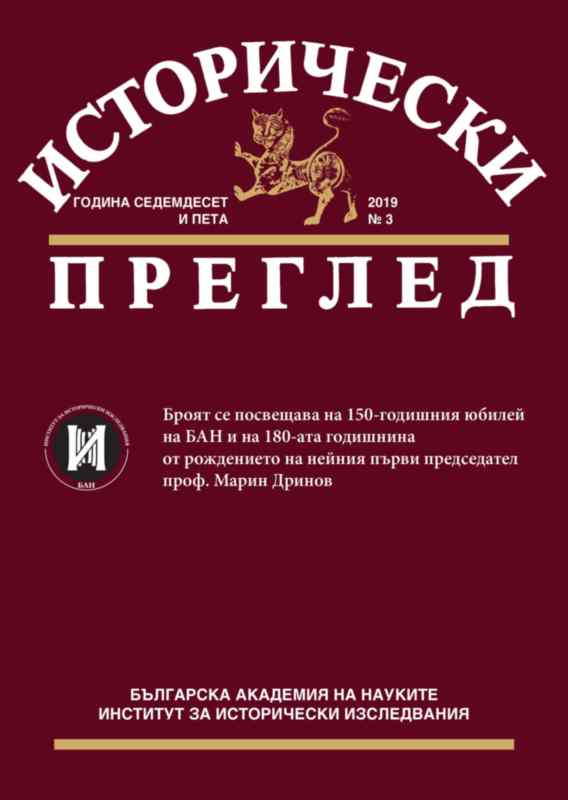
The text consists of two parts – research and documentary. The documentary contains 13 letters from the period 1873–1875, which have not hitherto been in the range of vision of historical science. With some conventionality, they are defined as “letters to and from Chorbadji Patyo”, as Pavel Popov (Poppetrov, p. Petrov) from Vidrare is known. The research section sets out the archaeographic principles that the publication adheres to. The author also depicts a portrait of Chorbaji Patyo, who developed both legal and illegal social activity, managing to be friends with both Midhat Pasha and Levski.
More...
The purpose of this publication of individual fragments of the diplomatic diary of H. Rakovsky, prepared by the drafters, is to convey to the general scientific community the diary entries of a prominent Soviet diplomat, which have remained unknown until today. The diary reflects the initial period of Rakovsky’s stay in Paris after his appointment as Ambassador Extraordinary and Plenipotentiary of the USSR to France. The published document is an important element for understanding the general picture of the Soviet Union’s foreign policy in relation to France and England in 1923–1927 – in general, those nuances that always remained behind the scenes of official negotiations, signing declarations and treaties, as well as for understanding the role of the a particular Soviet diplomat in these processes.
More...
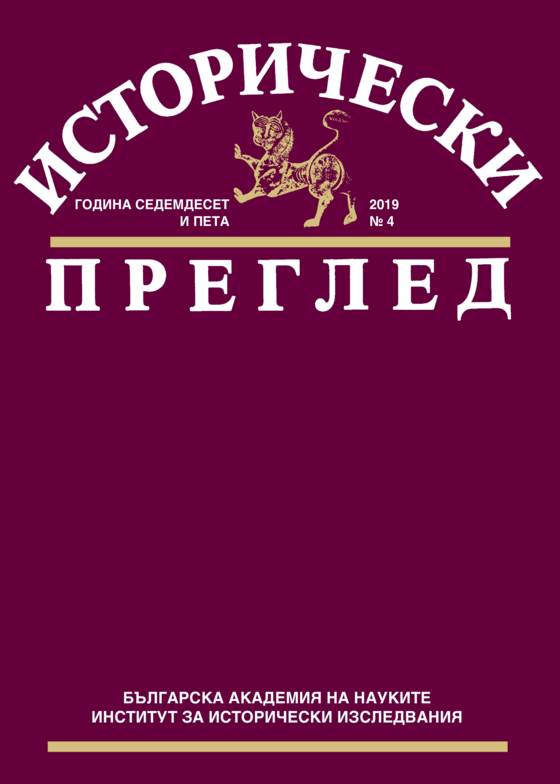
Anniversaries have always been a good occasion to look back in time and take stock of what we have done, and what is left unfinished. However, when the Jubilee has ninety years of life experience behind him, of which more than sixty have been devoted to historical science, with dozens of books and hundreds of articles and studies published, the balance is truly full-blooded and the anniversary worthy of note. Prof. Nikolay Zhechev, who is referred to in this article, is undoubtedly a deserving, dignified but humble scientist who does not like when people make a lot of noise about his name and thus place him in the spotlights. However, his numerous historiographical works and his significant contributions in various fields of the history of the Bulgarian National Revival oblige us to briefly dwell on what he has done. The article chronologically traces the key moments in his life, his scientific career, and the major thematic circles in which he works. It also draws attention to Zhechev‘s major contributions to the research of the history of the settlement of Bulgarians north of the Danube River and their cultural and political activities. The article also notes his writings on the literary, spiritual and educational activities of Bulgarians from the period of our National Revival, as well as on their revolutionary-political deeds for national liberation.
More...
Prof. ScD Vitka Toshkova is one of the most prominent contemporary Bulgarian historians. Her scientific interests are related to the political and diplomatic history of Bulgaria and the country’s place in the system of international relations, and in particular in the politics of Germany, the USA and the USSR / Russia in the 20th century. Prof. Toshkova’s 80th anniversary, which coincides with the 50th anniversary of her scientific activity, is a great occasion to recall the life path she has traveled so far, as well as to highlight the contributions of her research, with a focus on her recent publications.
More...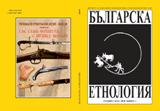
The article presents a constructional analysis of old building practices in the region of Gabrovo. Some of the few remaining authentic buildings at the age of370 – 120 years were examined during a field study entitled “The Building Crafts of the Balkan Mountains“ and organized by the association of Meshtra – TraditionalKnowledge and Crafts and the Open Air Ethnographic Museum “Etar“ on July 20 – 22, 2018. Most of these buildings are in extremely bad condition and partially destroyed. Despite their authenticity and age, they are not recognized as cultural monuments. The focus of the study is on the building practices in choosing material, its preliminary processing, the positives and negatives of the building practices used in that period. The article compares the masonry techniques used for the building of the houses studied, other practices used abroad in the same period and the contemporary norms of masonry constructions. The information here presented could be used for the successful restoration of buildings from this period and for the profound understanding of the former construction materials and techniques.
More...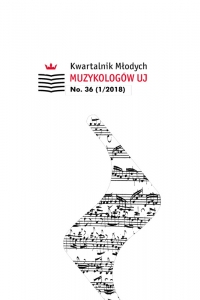
The Archive of St Joseph’s Convent in Kraków contains a collection of musical manuscripts, which have not been studied before. Among books of liturgical use, such as graduals and antiphonaries, there are also small cantionales, full of canto fratto repertoire. The majority of these sources originate from the Convent of Bernardine Nuns in Kraków; however, there are also at least two manuscripts from the Convent in Wilno. The aim of this paper is to present canto fratto repertoire of Benedicamus Domino found in the 18th and 19th century liturgical manuscripts from the Convent of Bernardine Nuns in Kraków. The author indicates sources of studied melodies based on the wide range of liturgical manuscripts from the 18th and 19th centuries—especially from convents of Bernardine Nuns in Poland, as well as from the Convent of Benedictine Friars in Staniątki—and compares it to the dispersal of canto fratto settings of ordinarium missae. Finally, the paper presents complete index of Benedicamus Domino melodies in the annex.
More...
Infant prodigies were a common phenomenon in the 19th century. They astonished the audience not only through their impressive abilities, but also the innocent beauty and the youthful grace. The perfect example of this is Apolinary Kątski (1826–1879), a violin virtuoso and a composer, known mainly as the founder of the Institute of Music in Warsaw, who, since he was three, was recognizable in concert halls all over Europe.According to the author, the early stage of the violinist’s activity requires more attention. The presented article sketches the path of young Apolinary’s life from the moment of his first performance in 1829 to May 1838, when he was granted with the famous recommendation of Niccolò Paganini. It introduced him to numerous concert halls of Europe and positively influenced his further artistic activity. The hereby presented paper makes an attempt to find out the date and place of birth of Kątski in the context of the rich musical activity of his family members. It also shows the first artistic tours of the young virtuoso against the background of his artistically talented siblings: a violinist Karol, pianists Stanisław and Antoni, and a singer Eugenia. The crucial moment are reflections on the stay of the family in Paris and their first performances in the musical centre of Europe as well as contacts of the young violinist with Niccolò Paganini.The studies on the correspondence of the father of the virtuoso, Grzegorz Kątski, and research on the foreign newspapers let the author reconstruct the life of Apolinary Kątski in the very first stage of his musical activity and place him in the context of infant prodigies of the 18th and 19th centuries.
More...